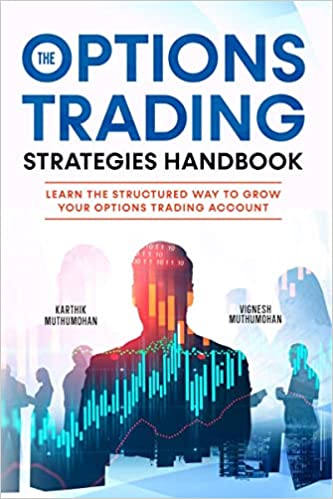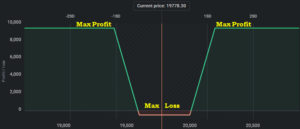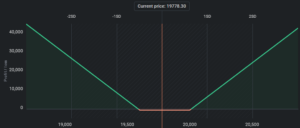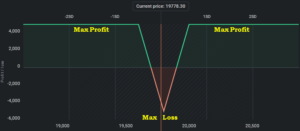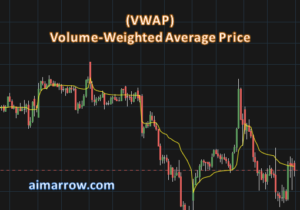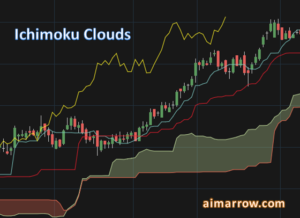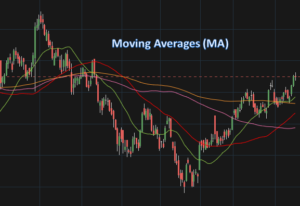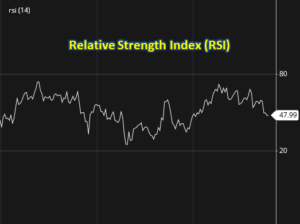Long Straddle Options Trading Strategy | Step-by-Step Execution Process, Payoff Graph, Pros & Cons, Adjustments
Introduction:
Long straddle is an options trading strategy that involves buying both a call option and a put option on the same underlying asset, with the same strike price and expiration date. This strategy is designed to profit from significant price movements in either direction, regardless of whether the price increases or decreases.
Example of Long Straddle:
Suppose an investor believes that a particular stock will experience significant price movement in the near future, but is unsure about the direction of the movement. In such a scenario, the investor can execute a long straddle strategy by buying a call option and a put option on the same stock, with the same strike price and expiration date.
Assume the investor purchases a call option and a put option on stock XYZ with a strike price of $50 and an expiration date of June 30. The cost of the call option is $5 and the cost of the put option is also $5, resulting in a total cost of $10.
If the stock price moves significantly in either direction before June 30, the investor can make a profit. For example, if the stock price increases to $60, the call option will be in the money and the investor can exercise the option to buy the stock at $50 and then sell it at the market price of $60, resulting in a profit of $10 per share. On the other hand, if the stock price decreases to $40, the put option will be in the money and the investor can exercise the option to sell the stock at $50 and then buy it at the market price of $40, resulting in a profit of $10 per share.
Step-by-step process of executing a Long Straddle options strategy:
- Identify the underlying asset: Choose an underlying asset that you believe will experience significant price movement in the near future.
- Choose the expiration date: Select an expiration date for the options contracts. The expiration date should be far enough in the future to allow for potential price movements, but not too far that the time decay of the options becomes too significant.
- Choose the strike price: Choose a strike price that is close to the current market price of the underlying asset. This will result in a lower cost for the options contracts.
- Buy the call option: Buy a call option on the underlying asset with the chosen strike price and expiration date.
- Buy the put option: Buy a put option on the underlying asset with the same strike price and expiration date.
- Calculate the total cost: Add the cost of the call option and the put option to determine the total cost of the strategy.
- Monitor the market: Keep an eye on the market to identify significant price movements in either direction.
- Sell the options contracts: If the price of the underlying asset moves significantly in either direction, sell the call option or put option that is in the money to lock in a profit.
Pros and Cons of Long Straddle options strategy:
Pros:
- Profit potential: The long straddle strategy allows investors to profit from significant price movements in either direction.
- Limited risk: The maximum loss for the strategy is limited to the cost of the options contracts.
- Flexibility: The long straddle strategy can be adjusted by selling the options contracts to lock in a profit or limit losses.
- Hedging: The strategy can be used as a hedging tool to protect against potential losses in a long or short position.
Cons:
- High cost: The long straddle strategy requires the purchase of both a call option and a put option, resulting in a higher cost compared to other options strategies.
- Time decay: The value of the options contracts decreases over time, resulting in a potential loss if the price of the underlying asset does not move significantly before the expiration date.
- Volatility: The long straddle strategy is most profitable when there is significant volatility in the market. If there is low volatility, the strategy may not be as effective.
Payoff Graph for Long Straddle Options Strategy:
The payoff graph for a long straddle strategy is a V-shaped curve, with the breakeven point at the strike price plus the cost of the options contracts.
Below the breakeven point, the strategy will result in a loss, but the loss will be limited to the cost of the options contracts. Above the breakeven point, the strategy will result in a profit, with unlimited profit potential if the price of the underlying asset increases or decreases significantly.

Nifty Current Market Price (CPM): 18203.40
Long Straddle Options Trading Strategy:
- Buy 1 Lot of Nifty 18200 Call (CE) at Premium 95
- Buy 1 Lot of Nifty 18200 Put (PE) at Premium 68
- Net Premium Paid: (Call Option Premium Paid + Put Option Premium Paid) * Lot size
Here [68+95)]*50 = 163*50 = 8150
Max loss = Net premium paid
When underlying asset closes flat at/near the ATM strike on expiry
Upper Breakeven = ATM + Net premium (18200 + 95)
Lower Breakeven = ATM – Net premium (18200 – 68)
Max Profit: The profits are unlimited in either direction of the market i.e profit keeps increasing once the price of the underlying move beyond the breakeven points.
Adjustments to Long Straddle options strategy:
When in profit: If the price of the underlying asset moves significantly in either direction, the investor can sell the call option or put option that is in the money to lock in a profit. Alternatively, the investor can also adjust the strategy by selling a call or put option at a higher or lower strike price to continue to profit from potential price movements.
When in loss: If the price of the underlying asset does not move significantly before the expiration date, the investor may face a loss. In such a scenario, the investor can either hold onto the options contracts and hope for a price movement before expiration or sell the contracts to limit the losses.
Conclusion:
The long straddle options strategy is a versatile strategy that can be used to profit from significant price movements in either direction. However, the strategy requires a higher cost and may not be as effective in low volatility markets. Investors should carefully consider the pros and cons of the strategy and make adjustments as needed to maximize profits and minimize losses.
Recommended Book:
The Options Trading Strategies Handbook: Learn The Structured Way To Grow Your Options Trading Account: Simple Yet Powerful Strategies To Make Money Consistently
